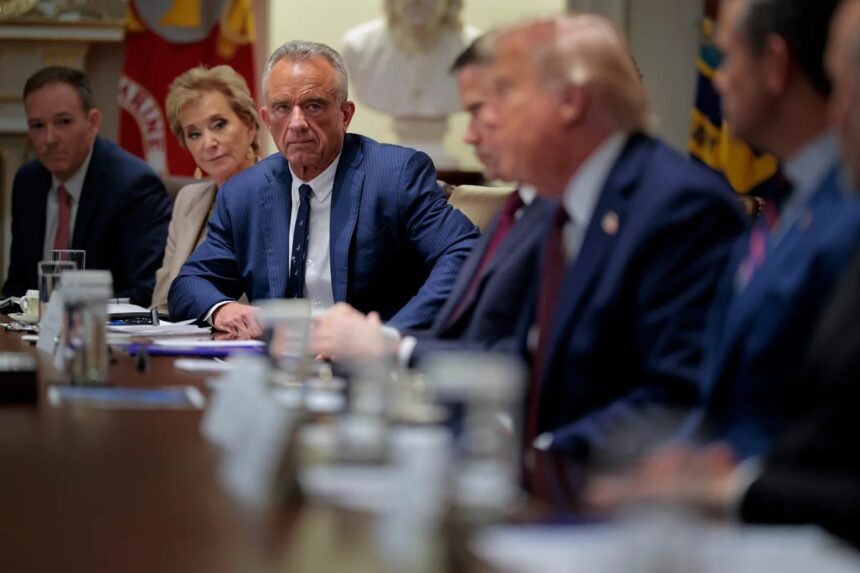Something’s not right with the food scene for kids in America. The numbers tell the story. More kids are obese. Diabetes is showing up earlier. A lot of kids have ADHD, anxiety, even early signs of long-term diseases. They should be running around and having fun. Now, the government is worried. A new report called Make Our Children Healthy Again (MAHA) points out the problem and suggests how to fix it.
The name sounds like a political slogan. MAHA. It’s catchy. But it’s a serious attempt to push for change. The Department of Health and Human Services, who put out the report, is direct. They think the way we feed kids and how the food system works is messed up. If we don’t fix it, the next generation will suffer.
The report really goes after ultra-processed foods like sugary cereals and huge sodas that have little nutrition. These foods are easy to get and heavily advertised to kids and busy parents. The MAHA report says this cycle of cheap, flashy, and addictive food has caused a public health problem and kids are paying the cost.

The report wants to get rid of certain additives and chemicals that are okay here but not in Europe. Parents don’t even know what half of the stuff on labels is. The report is asking for labels to be clear and give warnings. Imagine seeing something like This juice has dyes that can cause hyperactivity on a juice box. That’s the kind of honesty MAHA wants.
School lunches aren’t great. A lot of kids rely on these meals, but they’re often processed, sugary, or full of salt. The report wants a change. They want fresh stuff, local options, less sugar, and food that helps kids’ brains.
The SNAP program (food stamps) is being looked at, too. Some people say it’s used too much on junk food. MAHA wants to limit how much junk food people can buy with food stamps and make it easier to get healthy stuff like fruits and veggies. Some people think the government is going too far, but others think it makes sense to make sure the food people buy with taxpayer money is healthy. The plan supports small farmers and local producers, so they can sell to schools and communities. It wants to make farmers’ markets and local food shops more common, so families can get fresher, healthier food easier.
Of course, some people disagree. Food companies worry about costs. Others say the details are unclear. Some parents think the government shouldn’t tell them what to feed their kids. Those are valid worries, but the problem is bigger. For years, we’ve waited until people get sick to do anything. MAHA wants to change that. They want to focus on preventing problems. Think about two kids. One has soda and chips. They’re tired and can’t focus in class. The other has eggs, fruit, or oatmeal. They have energy. This report is important because children’s health is important. It’s not a school project.
Parents are tired of trying to feed their kids well when fruits and veggies are so expensive, take long to prepare, and there are tons of ads on TV. That’s why MAHA wants to change the food system, because one parent can’t beat big marketing. This report won’t fix everything right away. But it shows the government sees kids’ health as a big deal. And they’re willing to make changes, even if t hey’re hard.This might be what America needs. Children’s health matters for the future. Healthy kids mean healthy communities, and that makes the country stronger.
Will lawmakers, schools, parents, and food companies be brave enough to make it happen?




